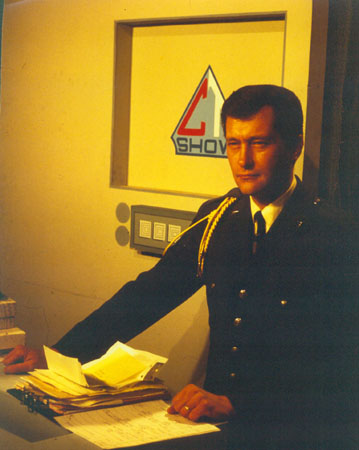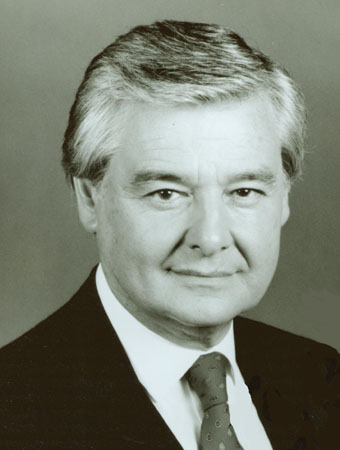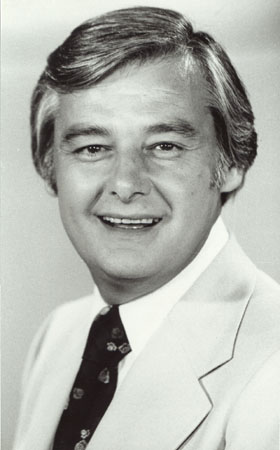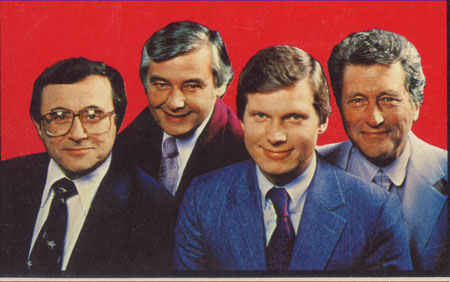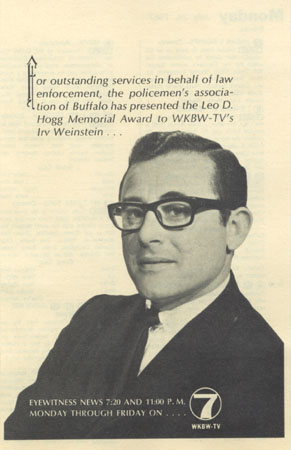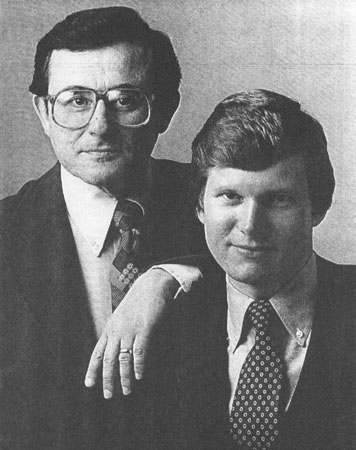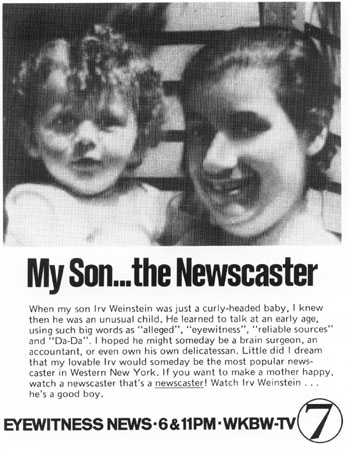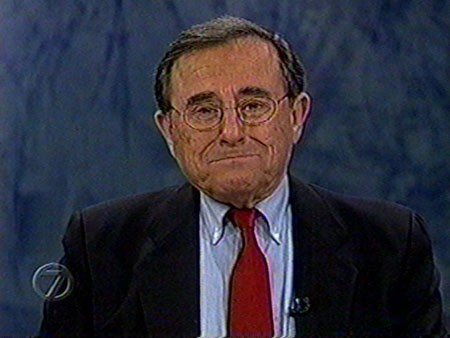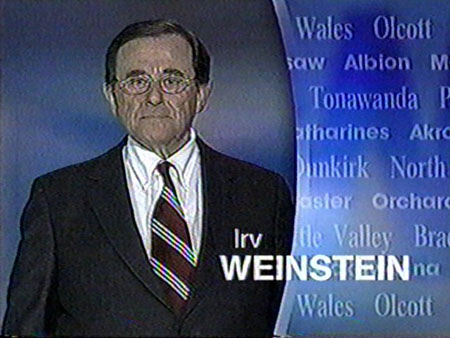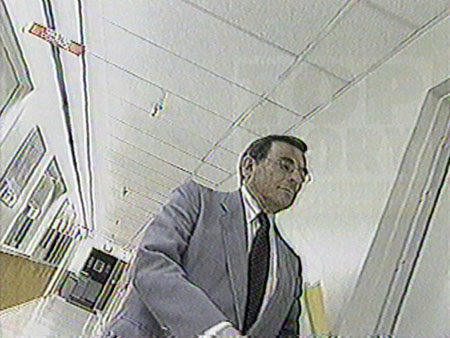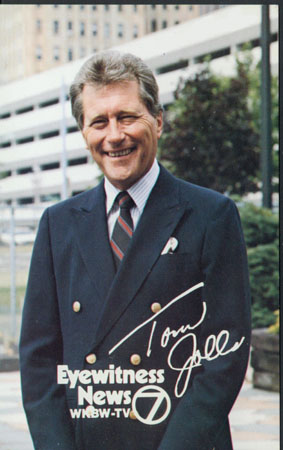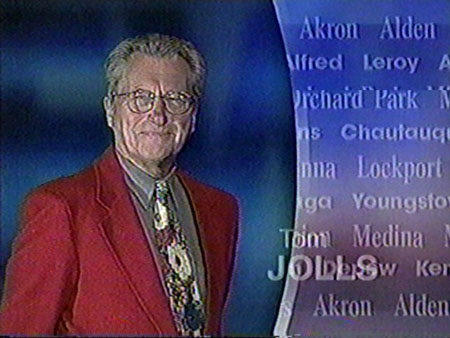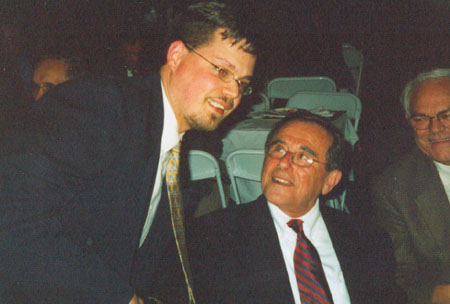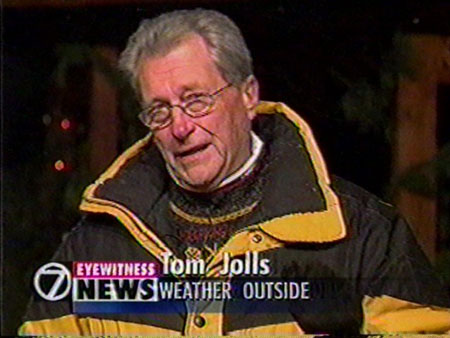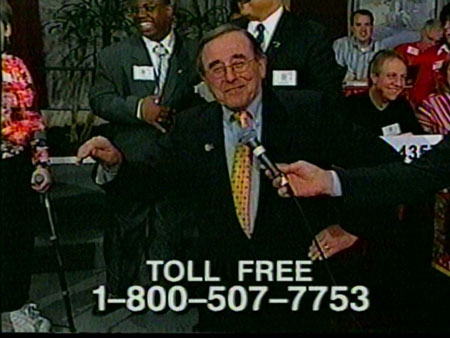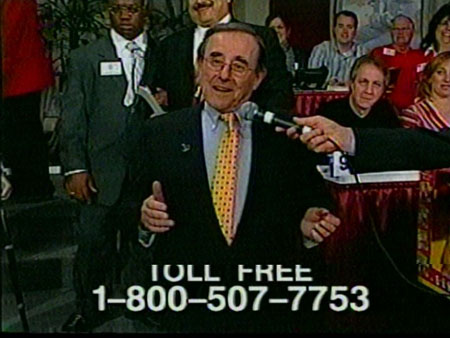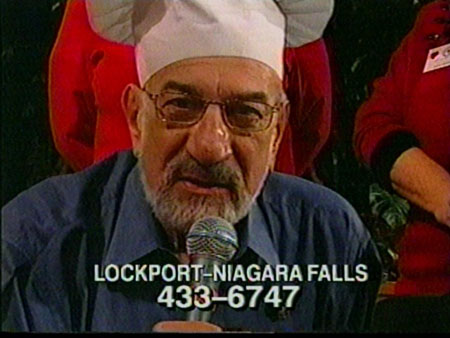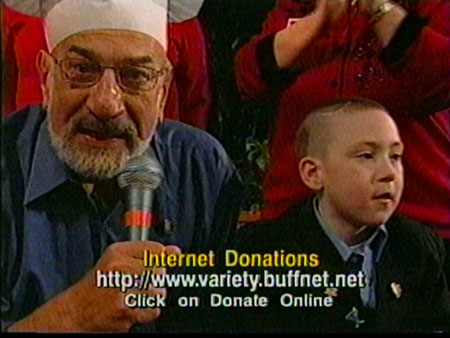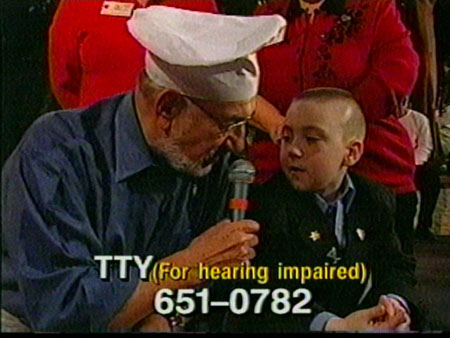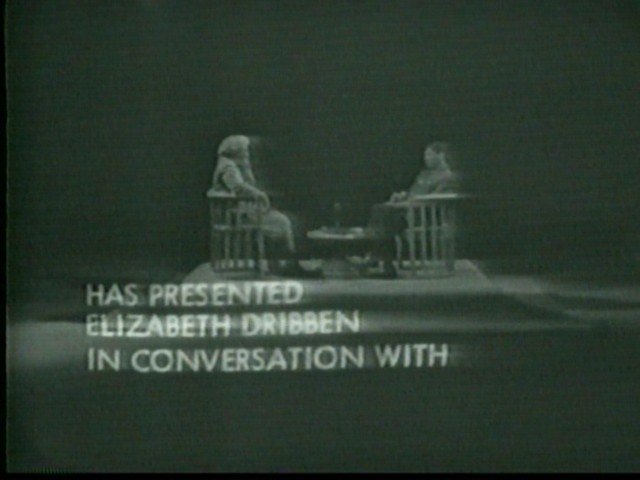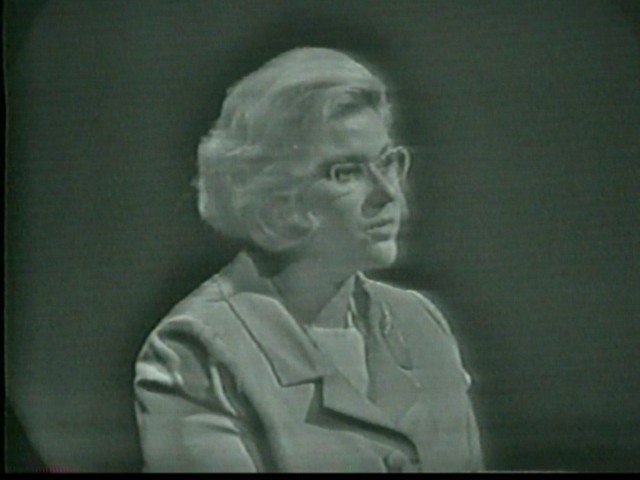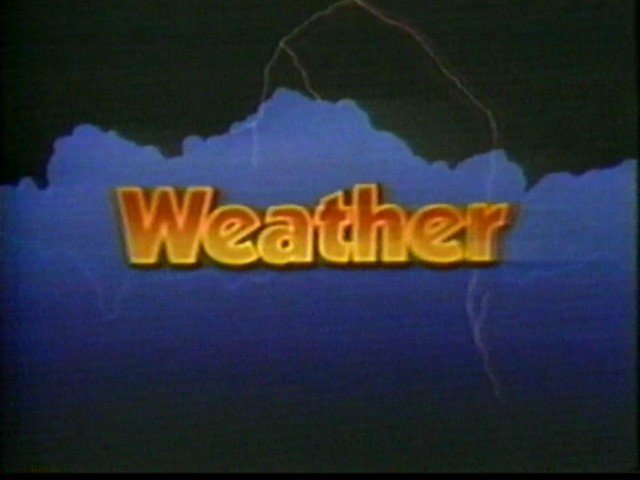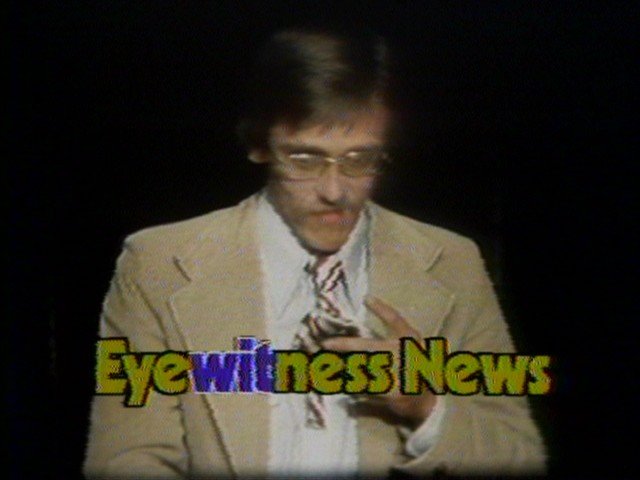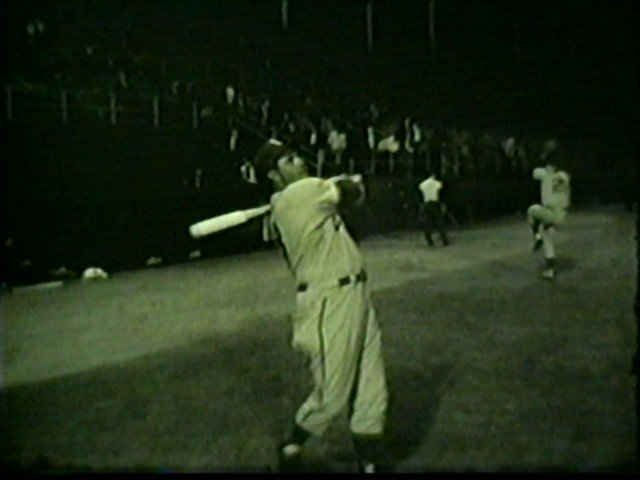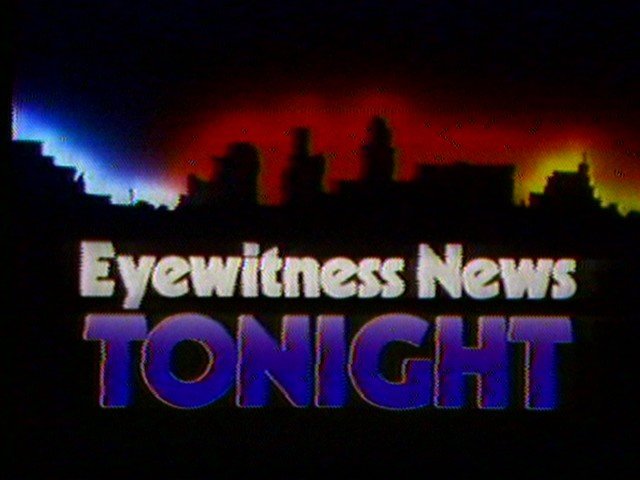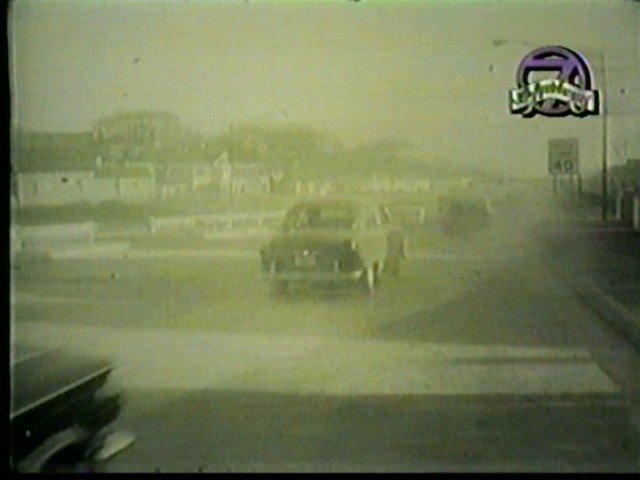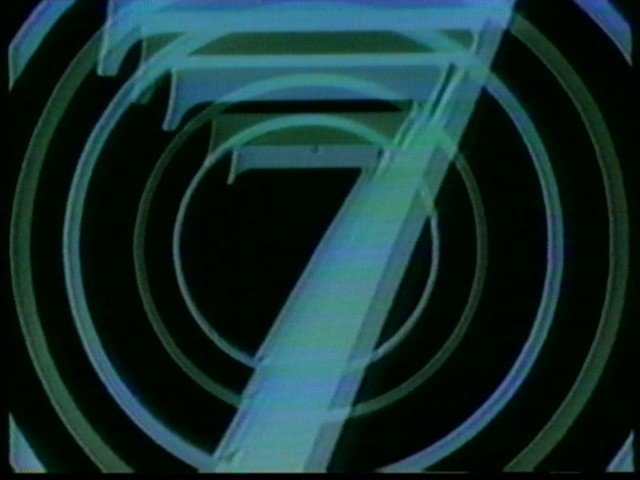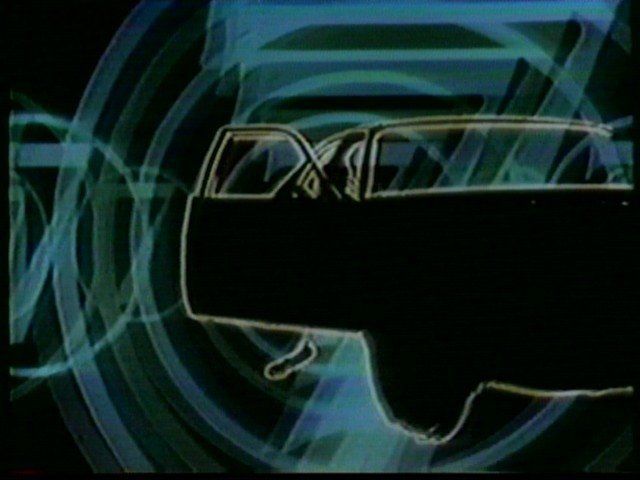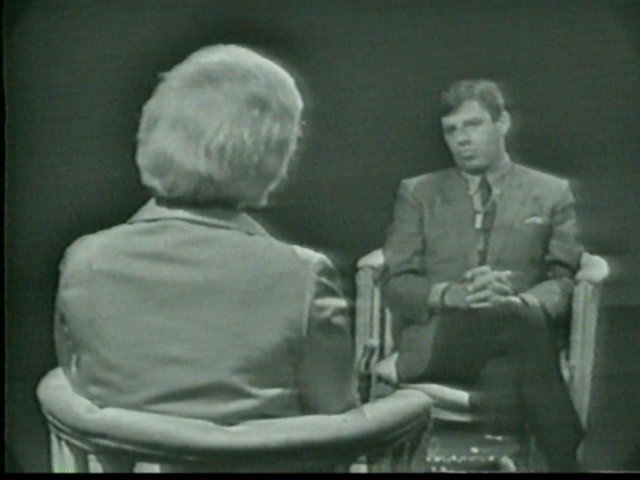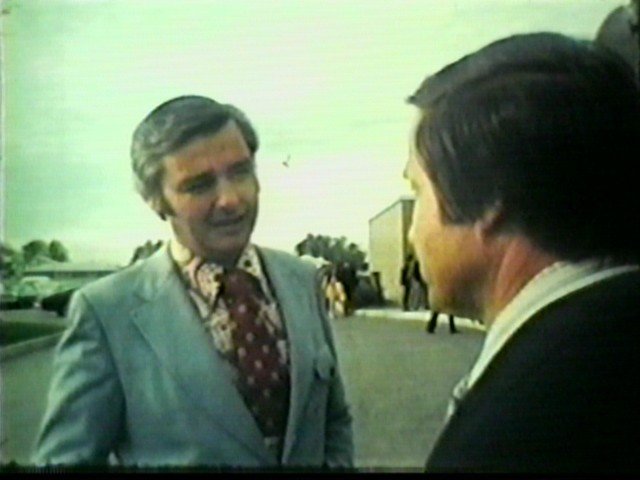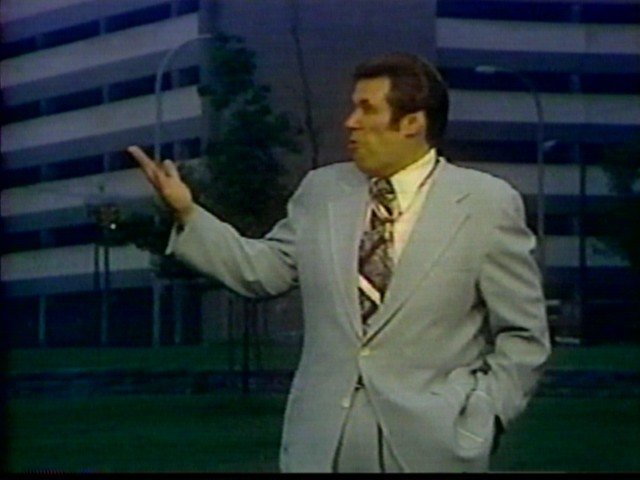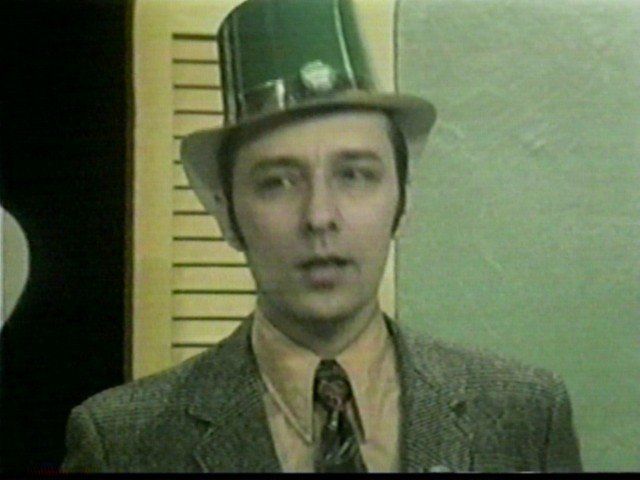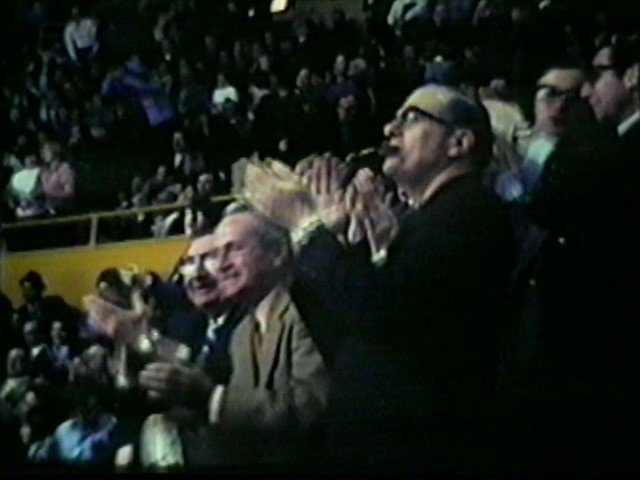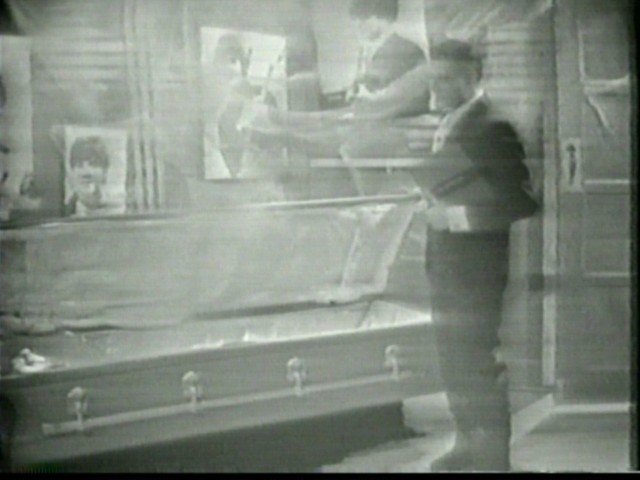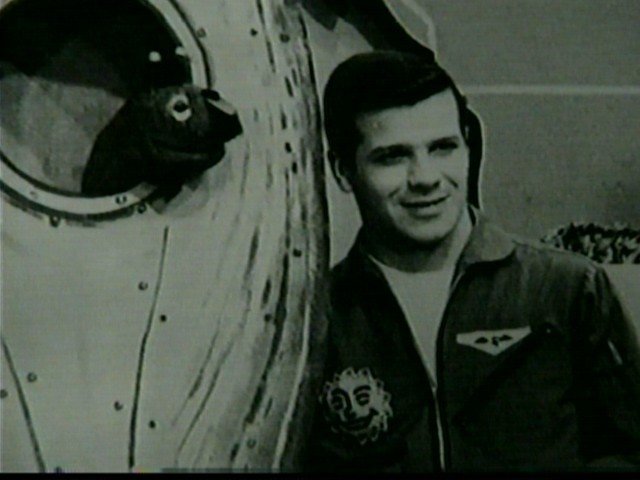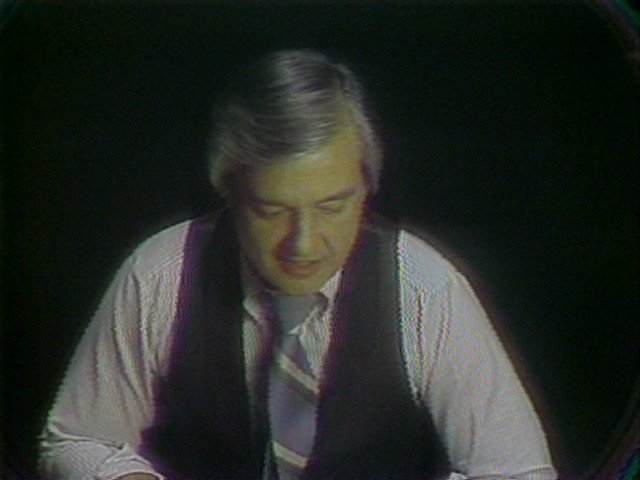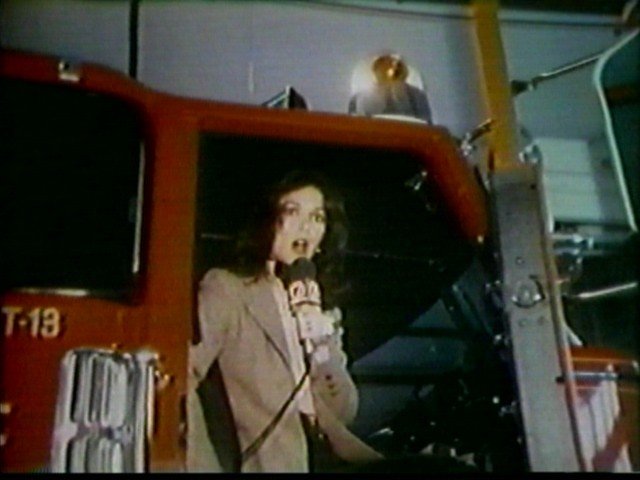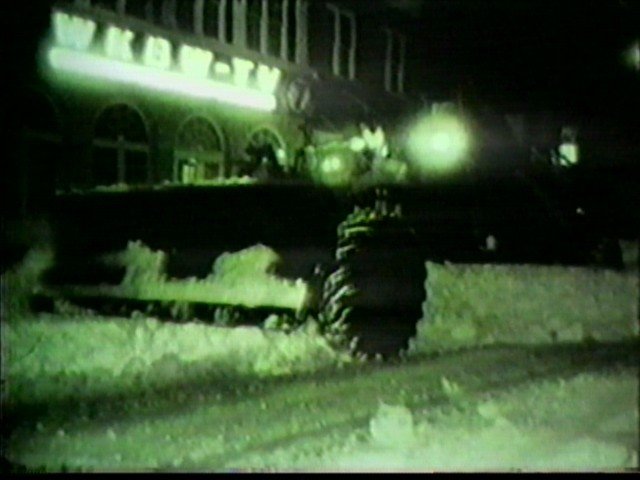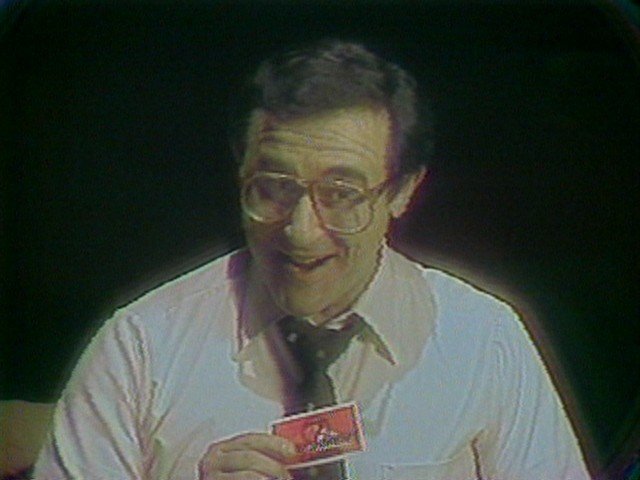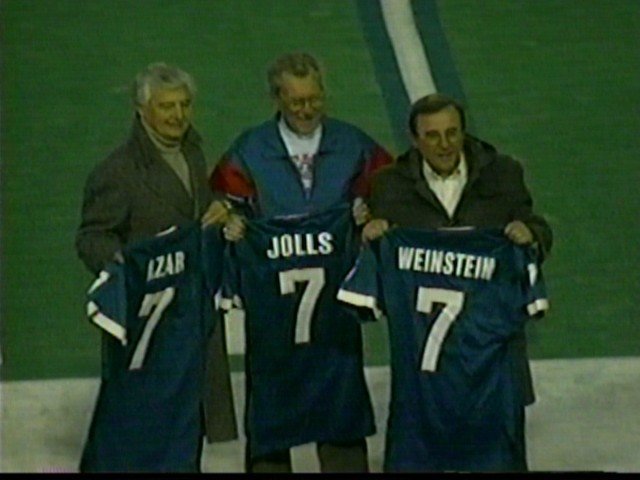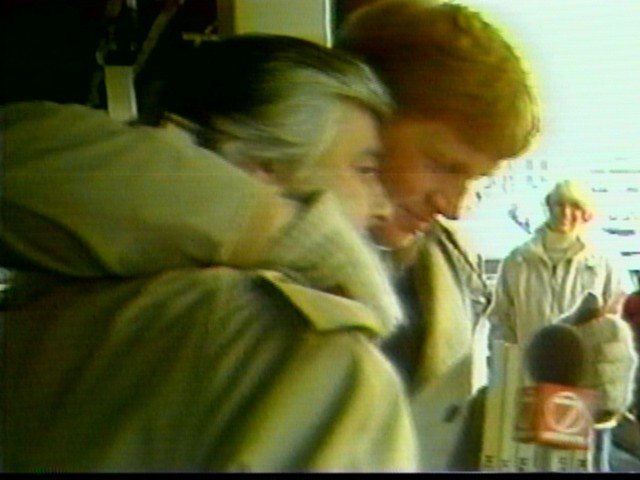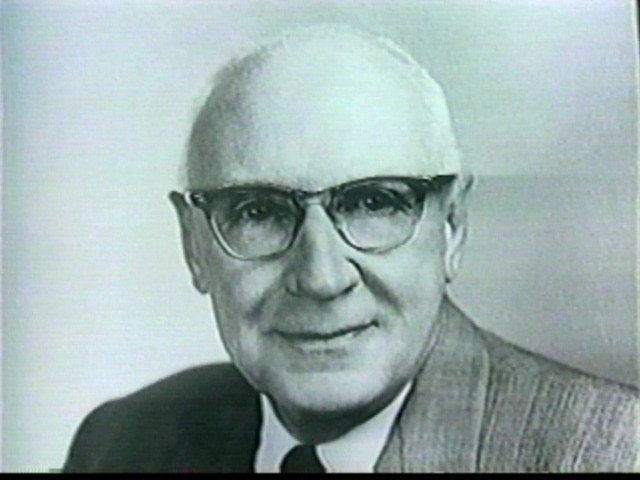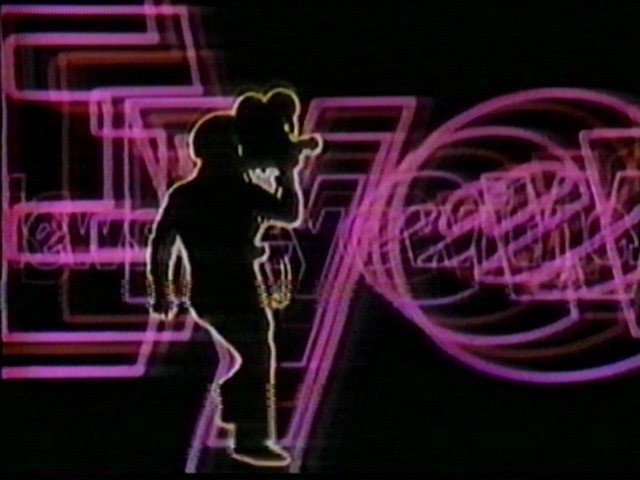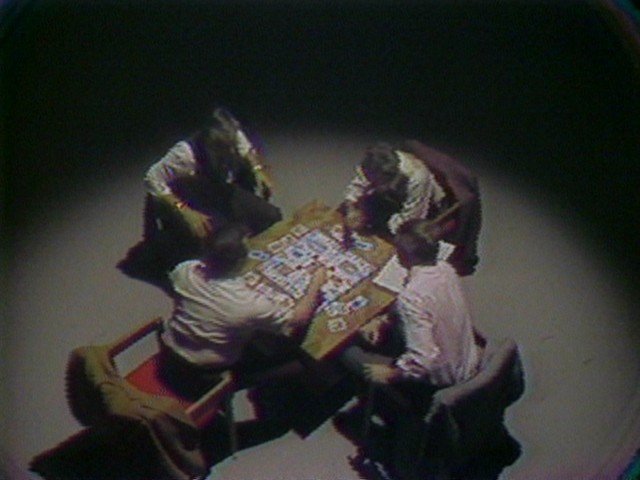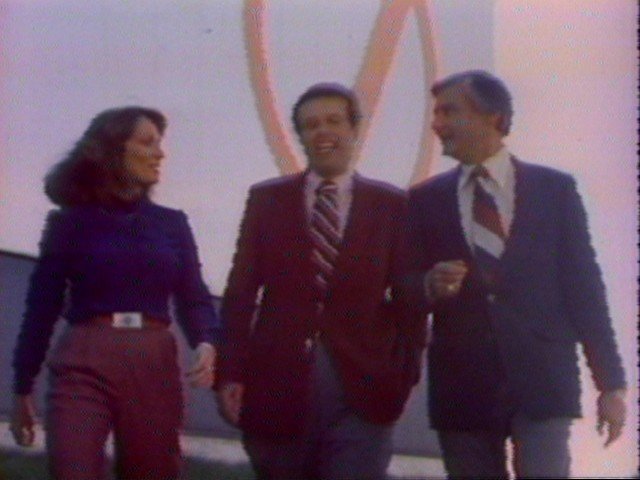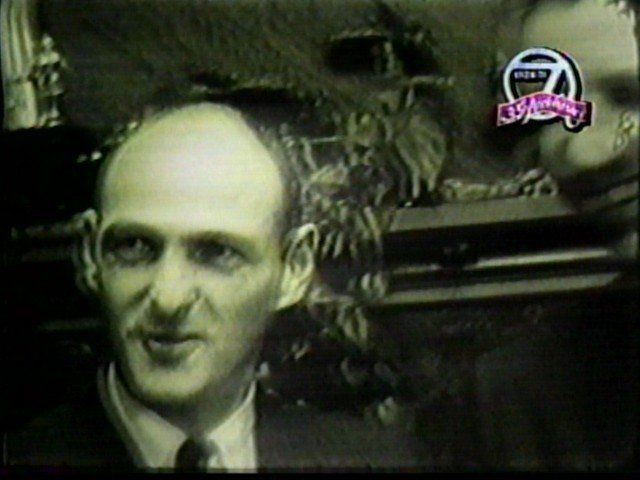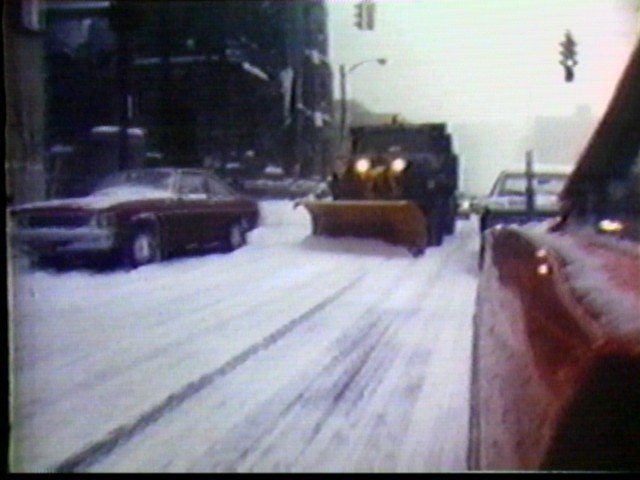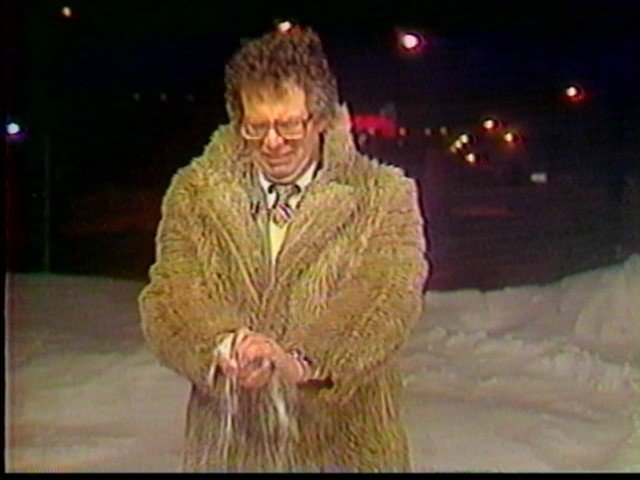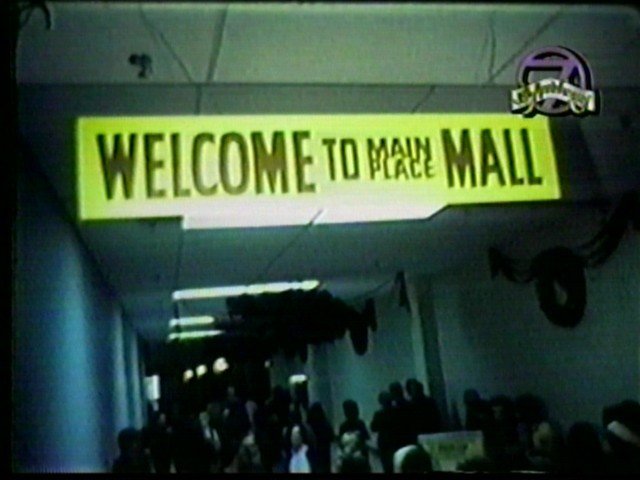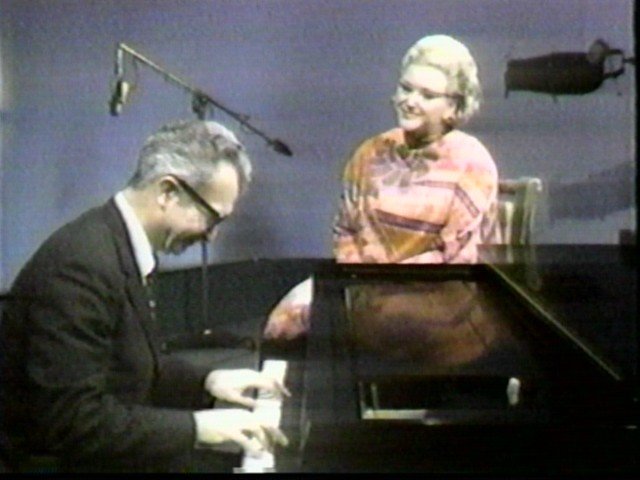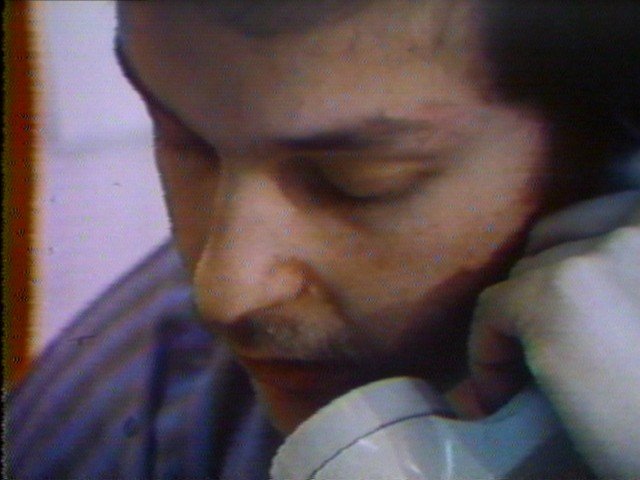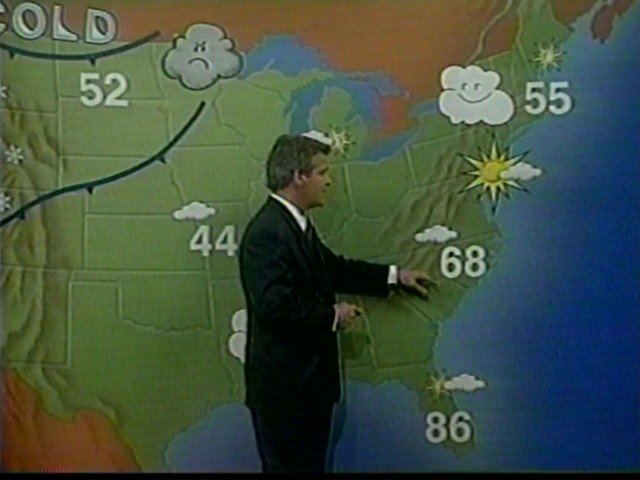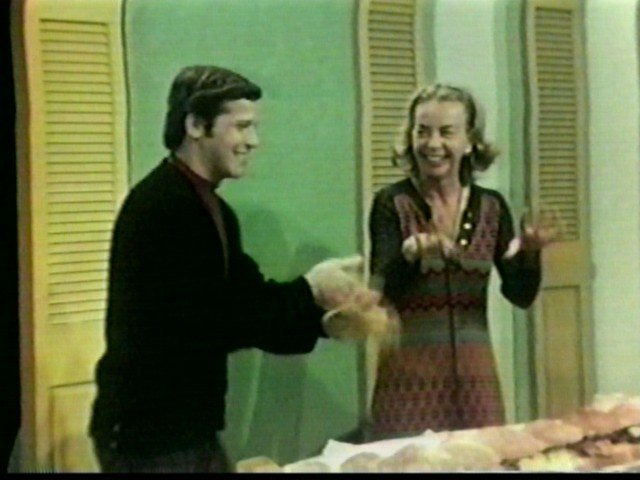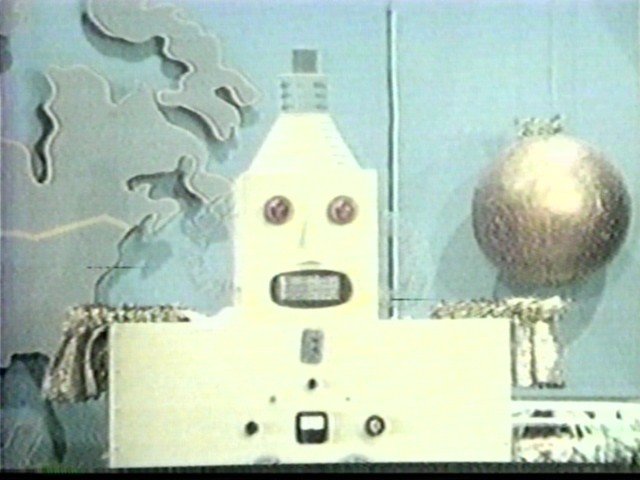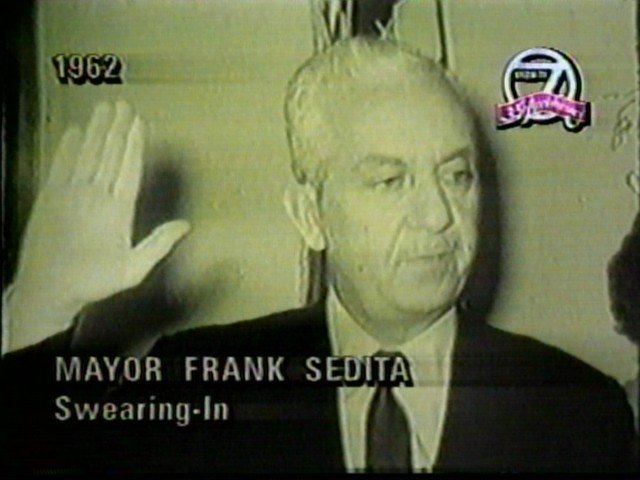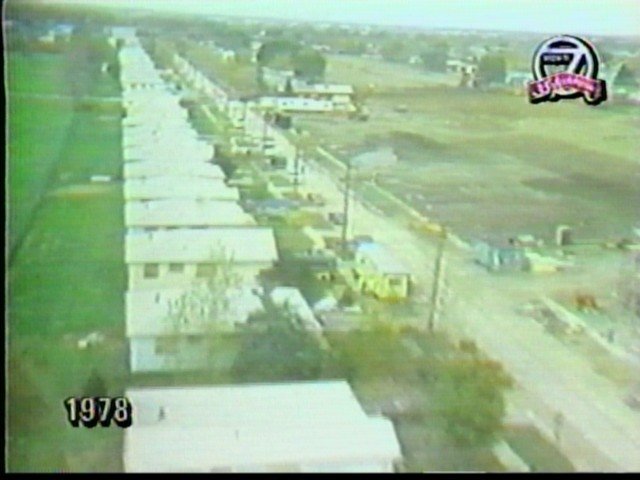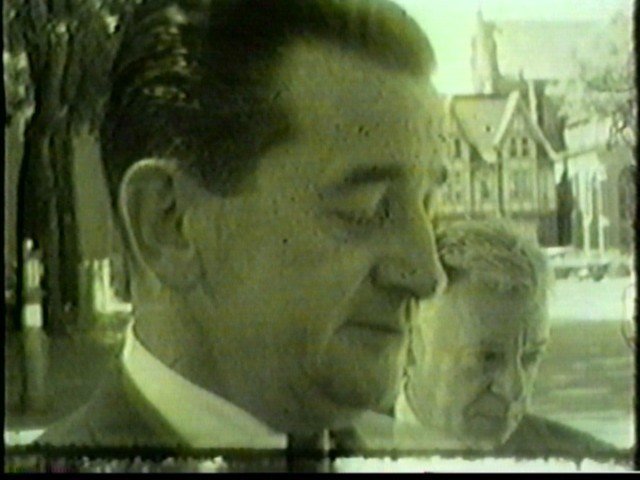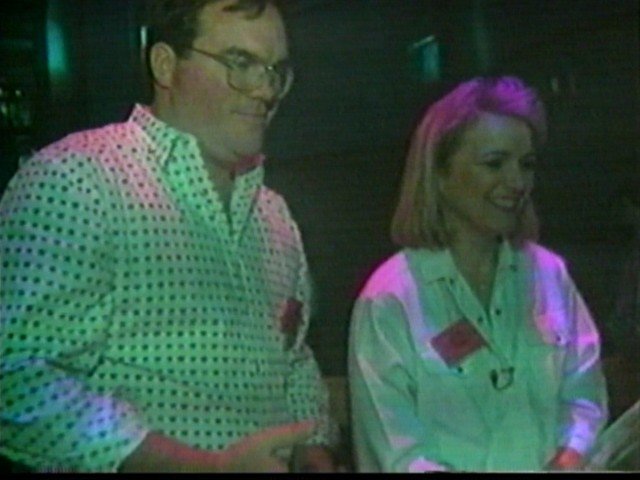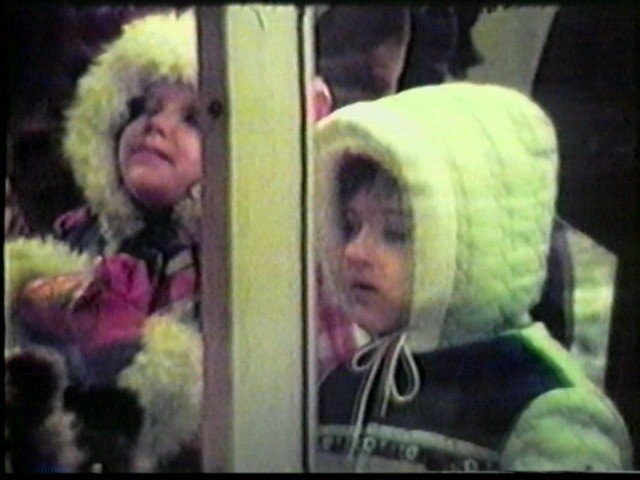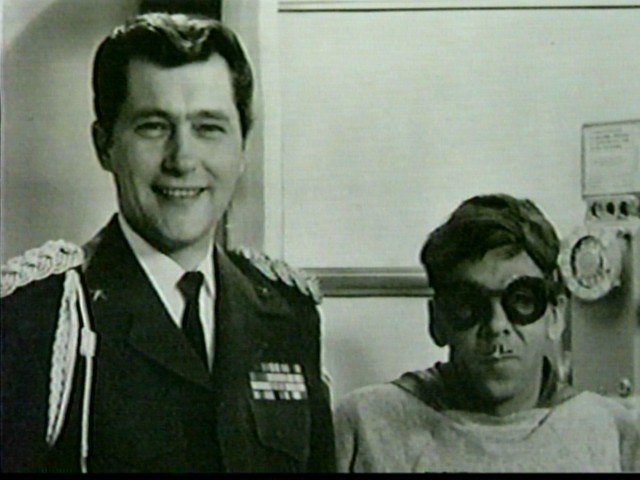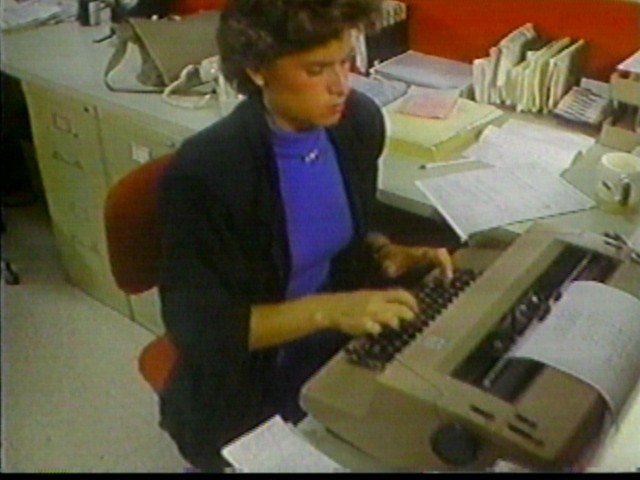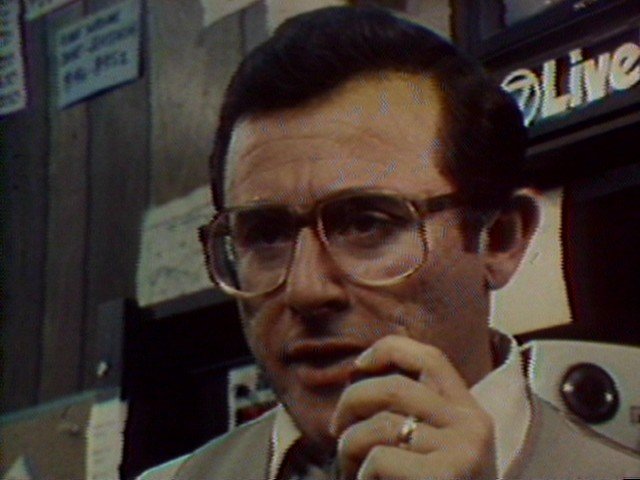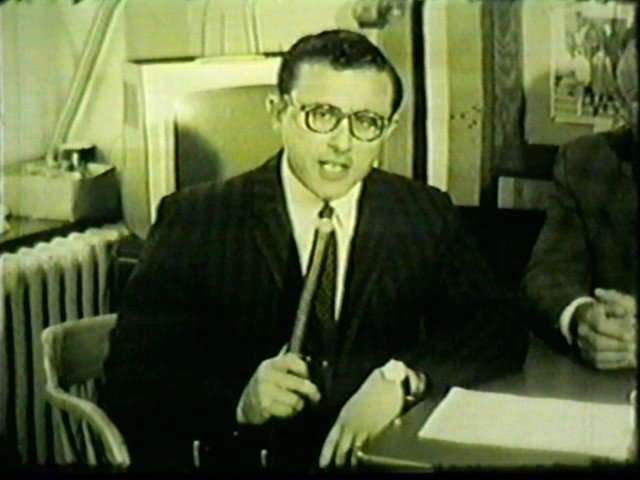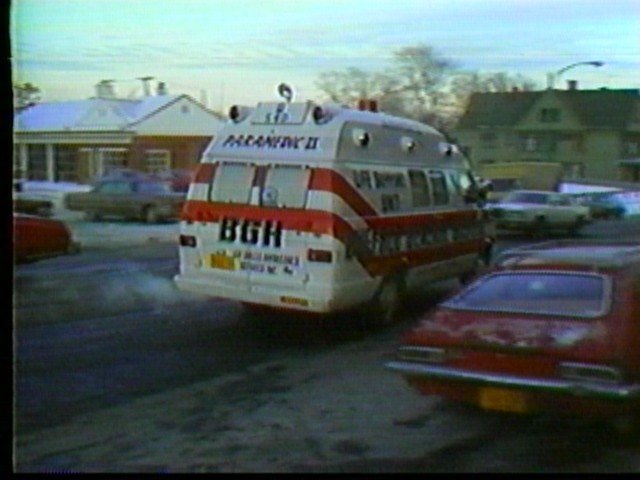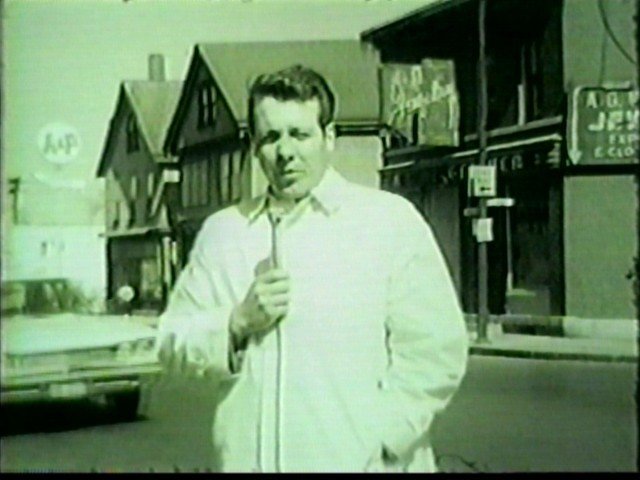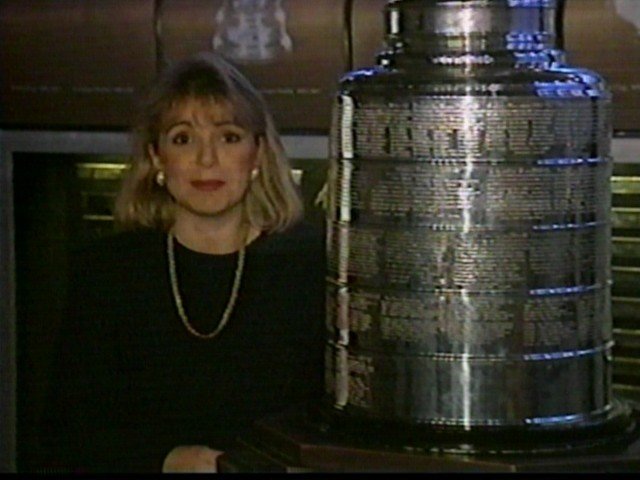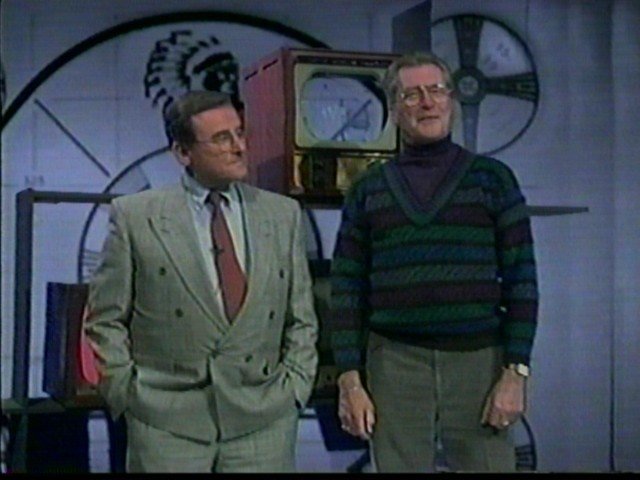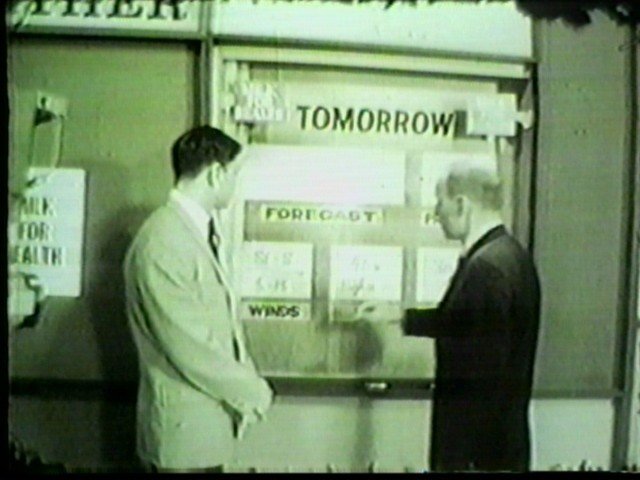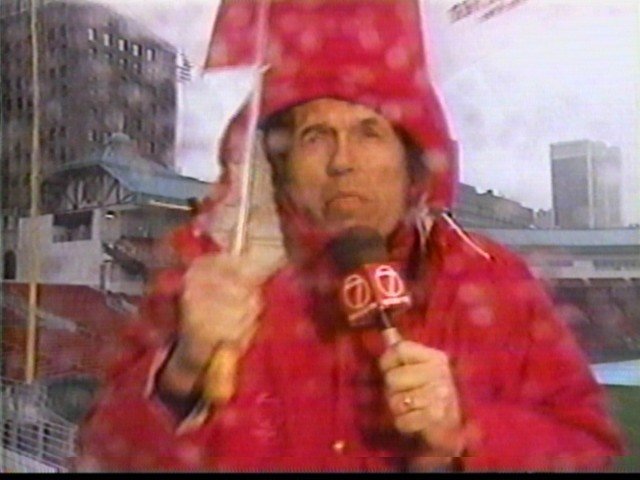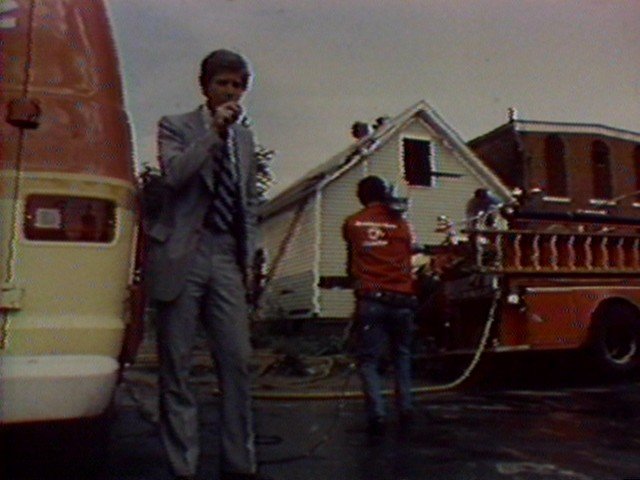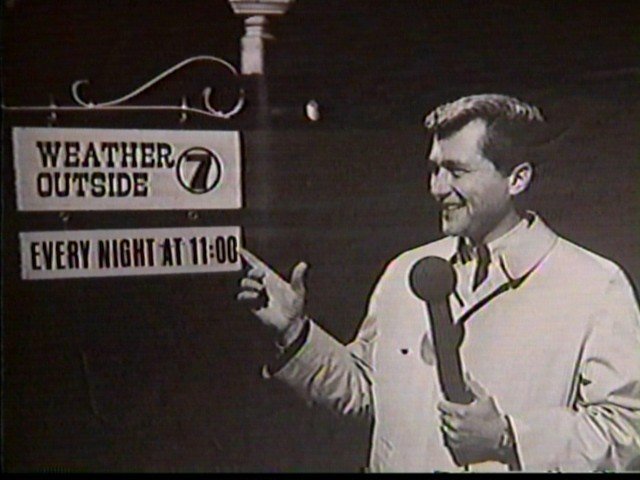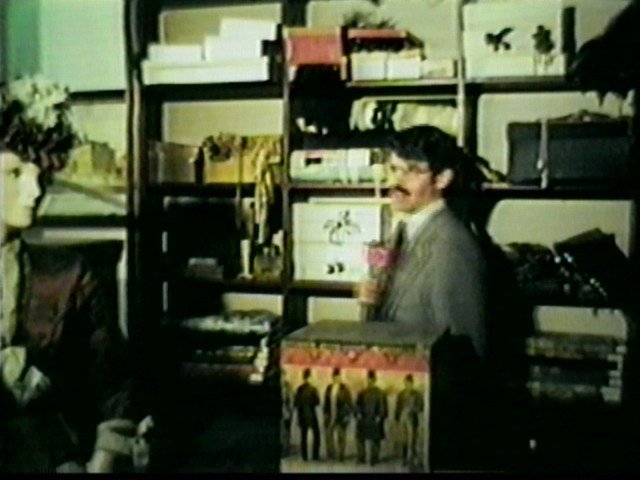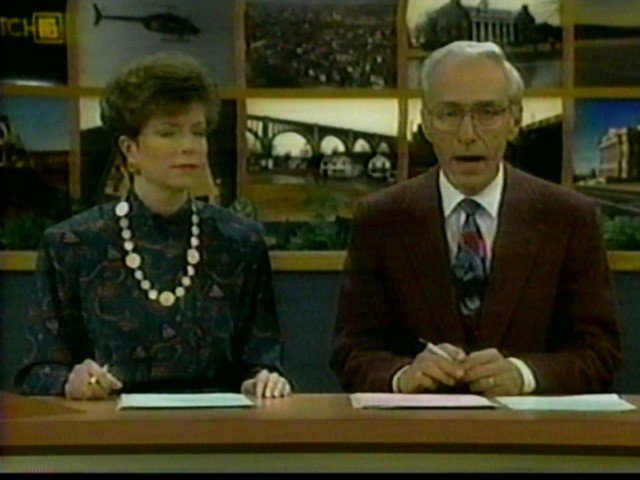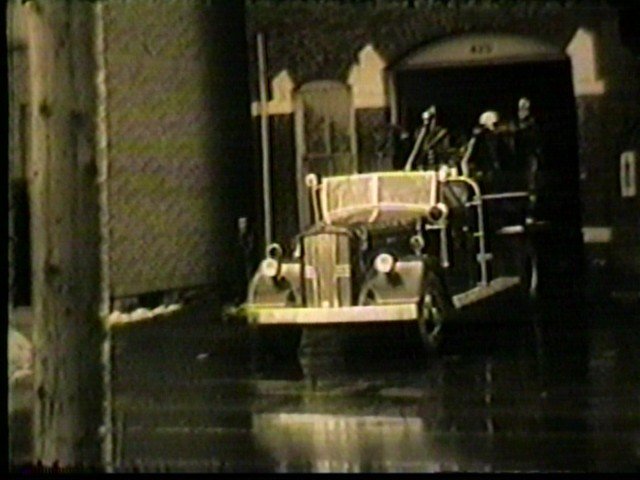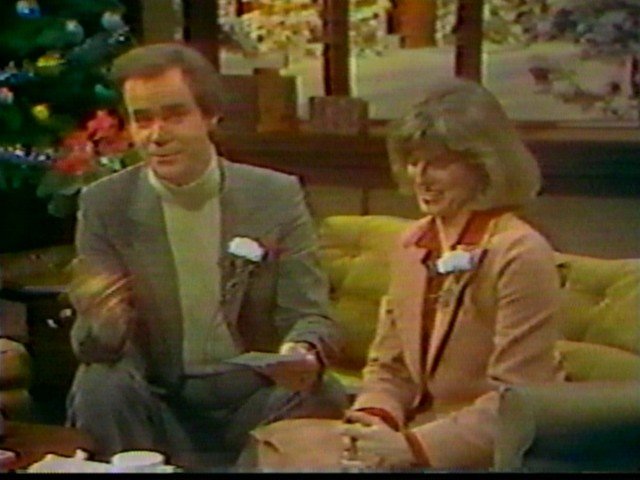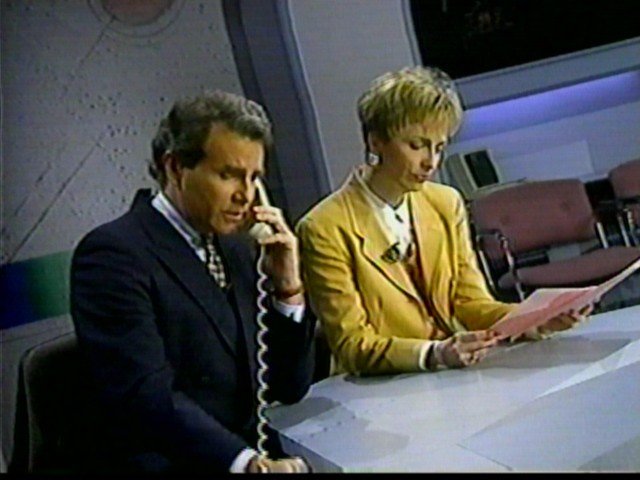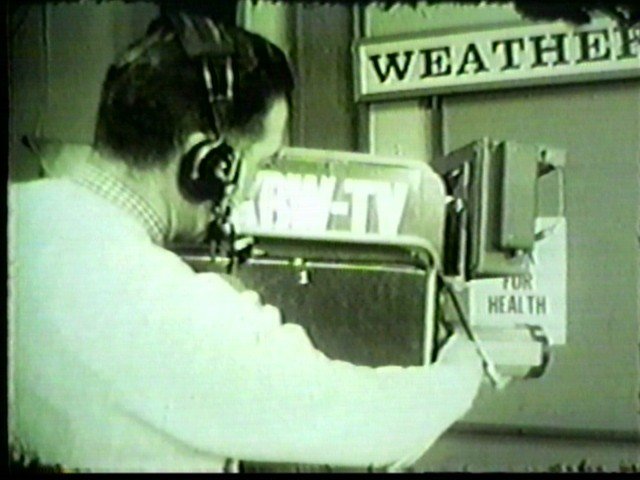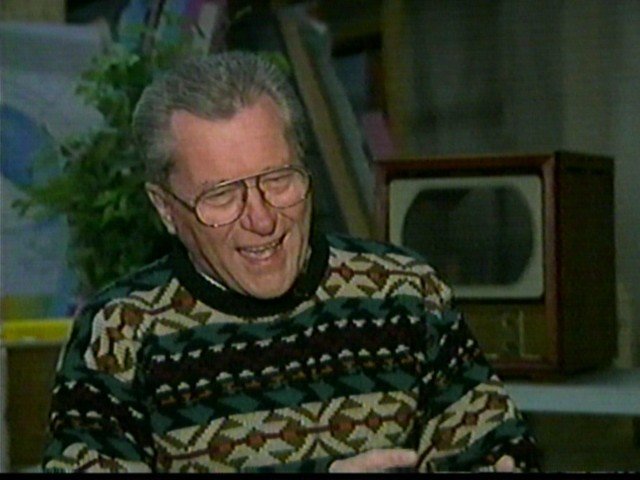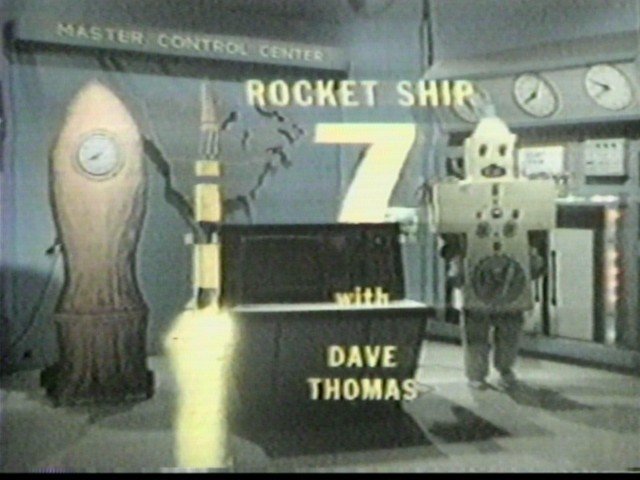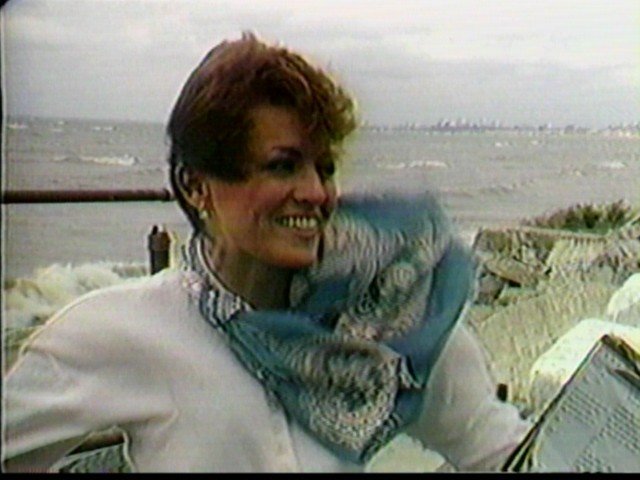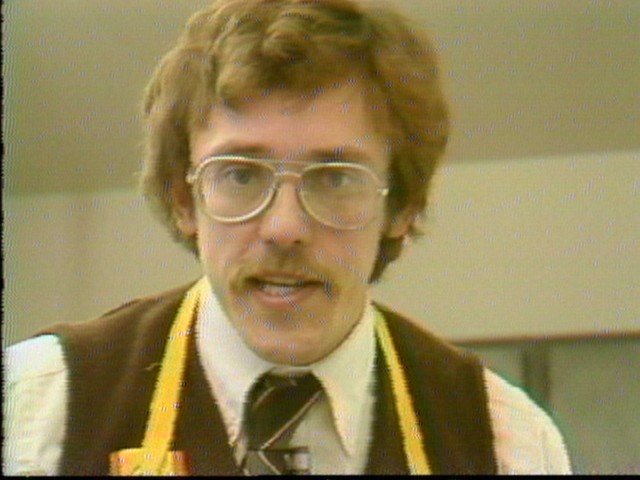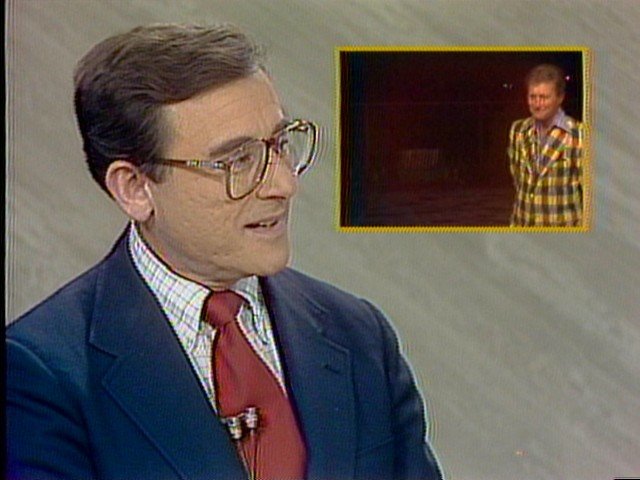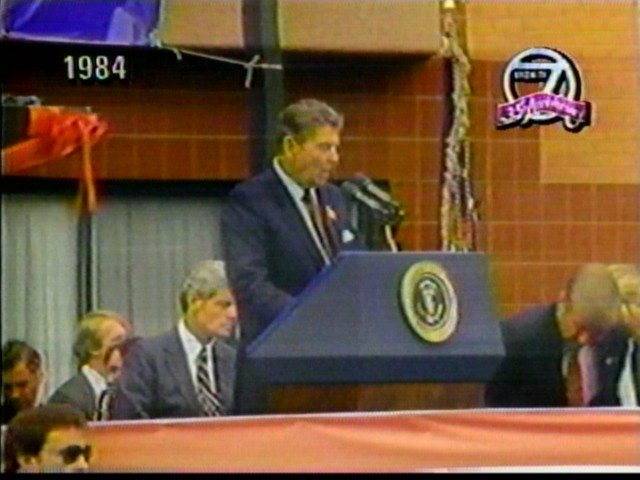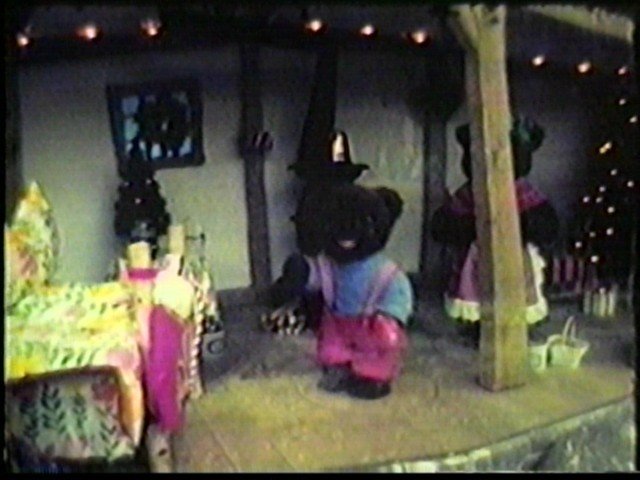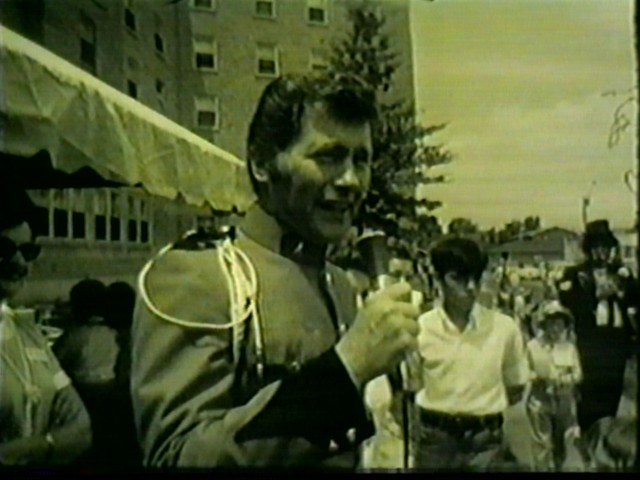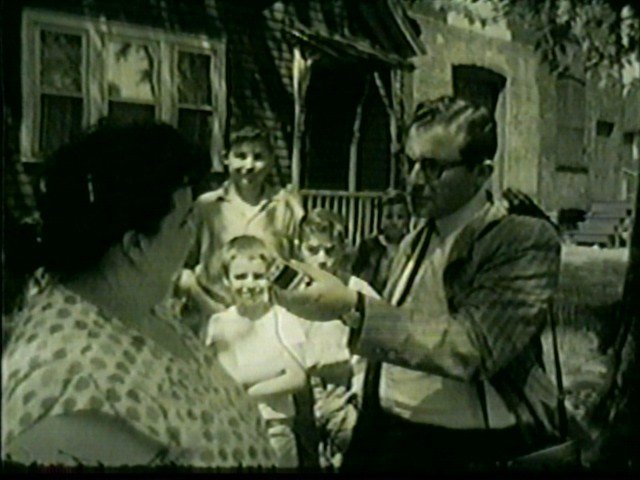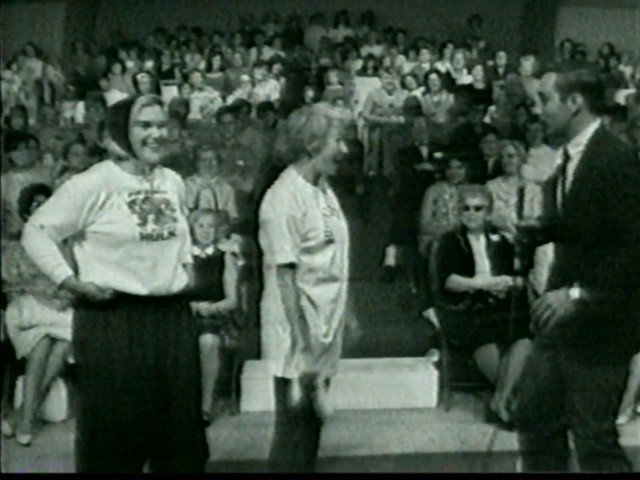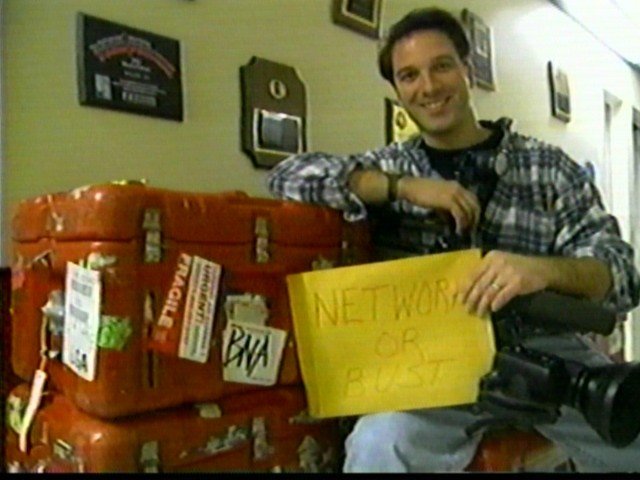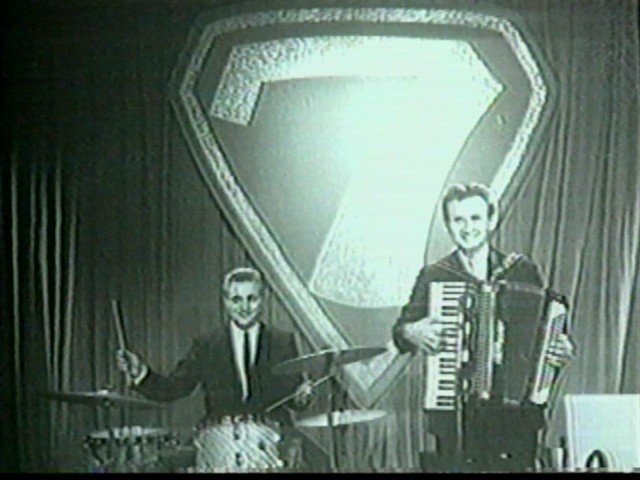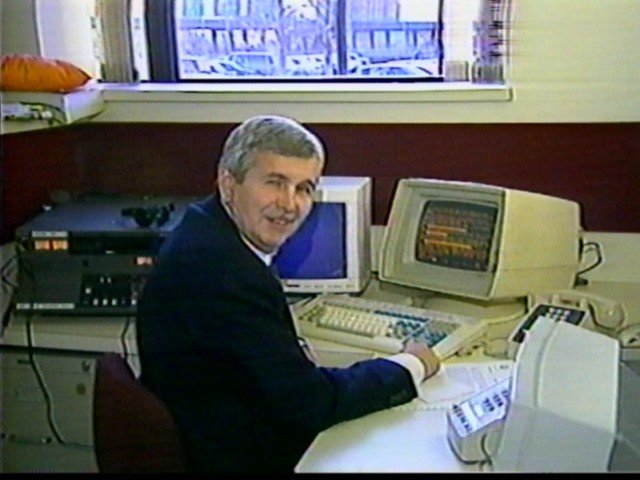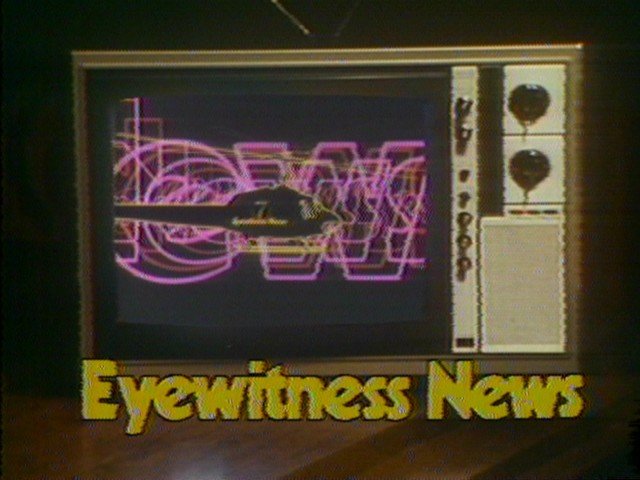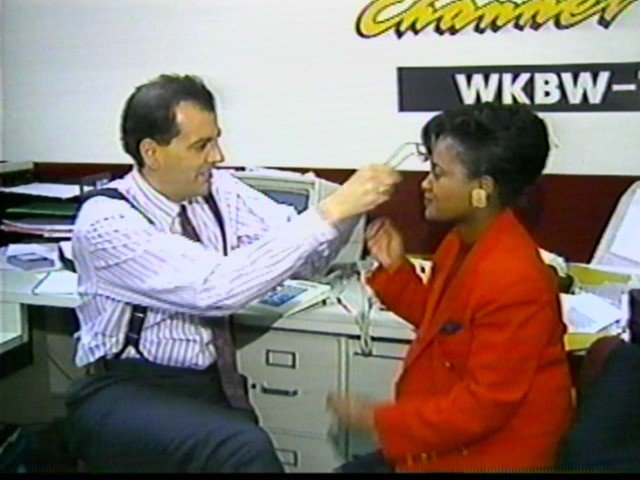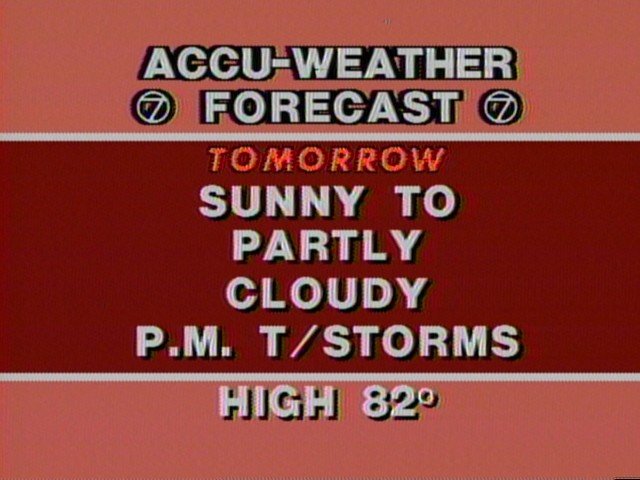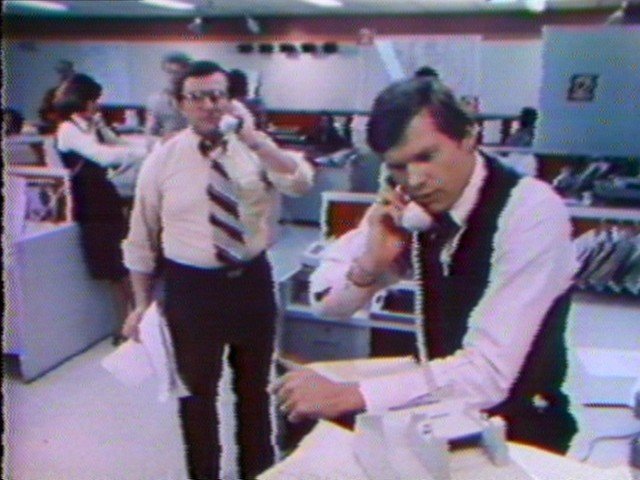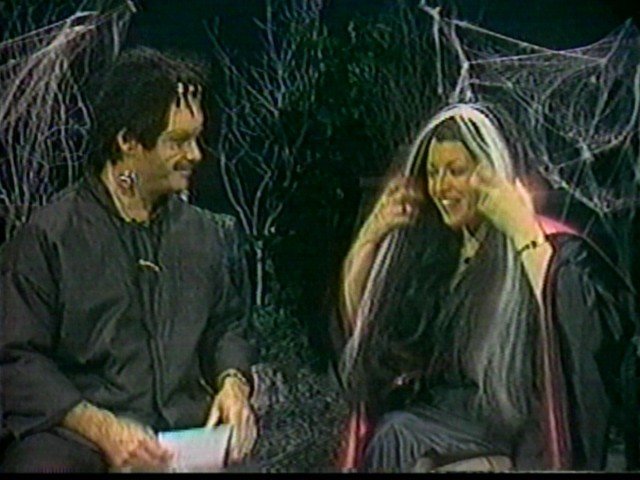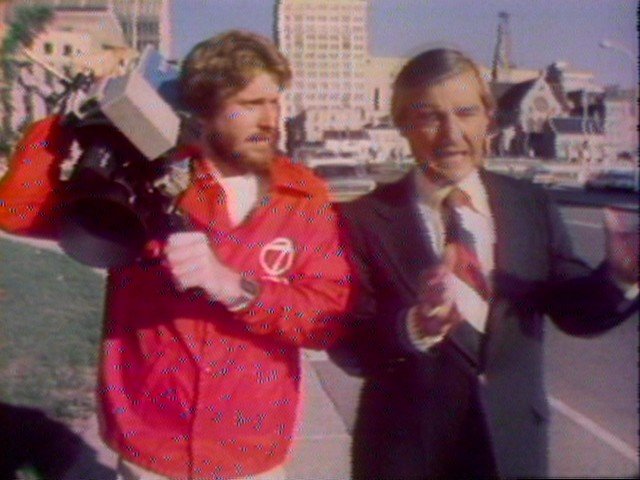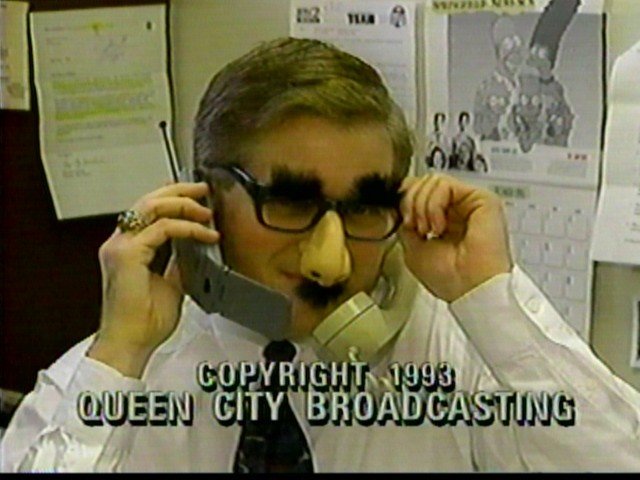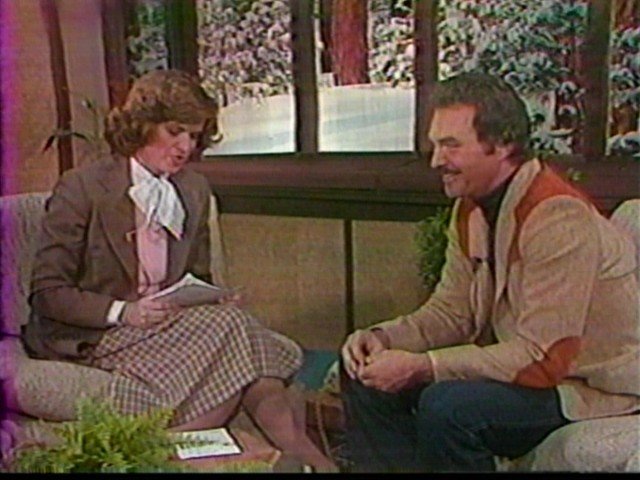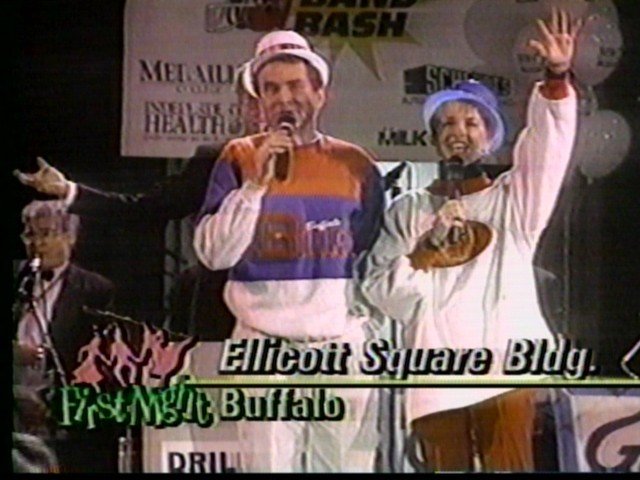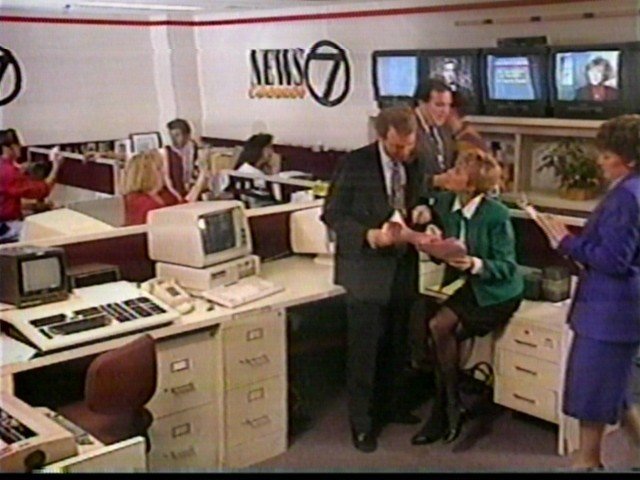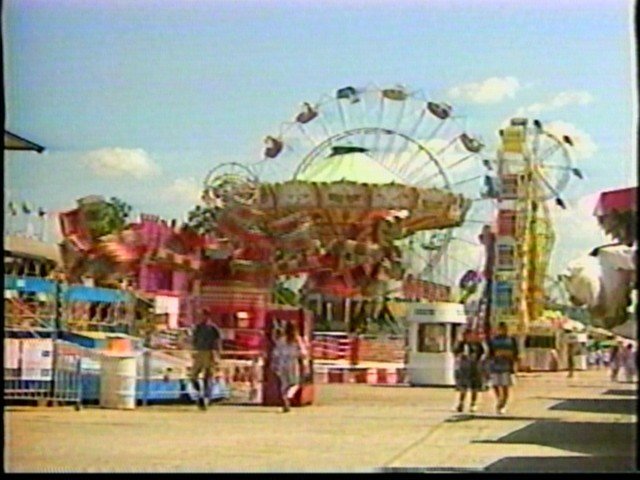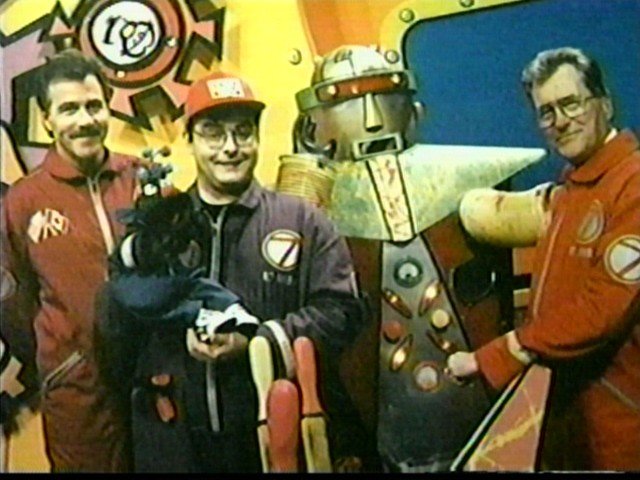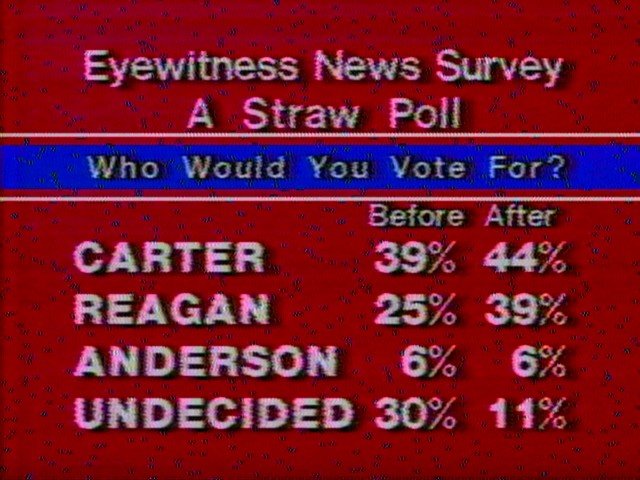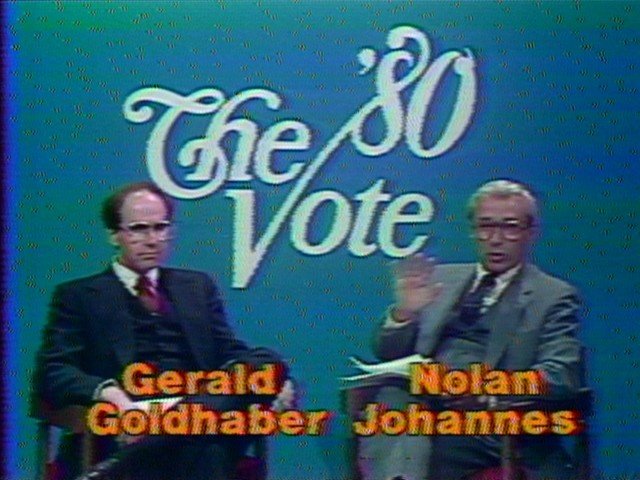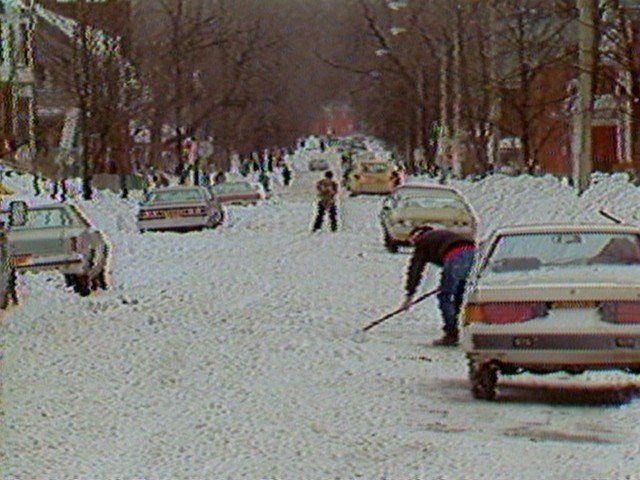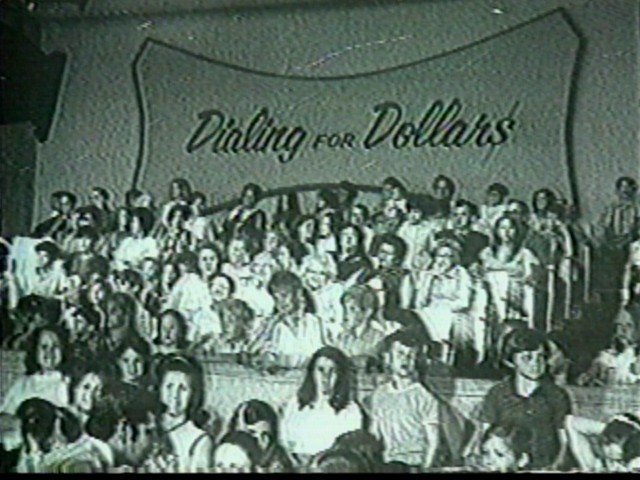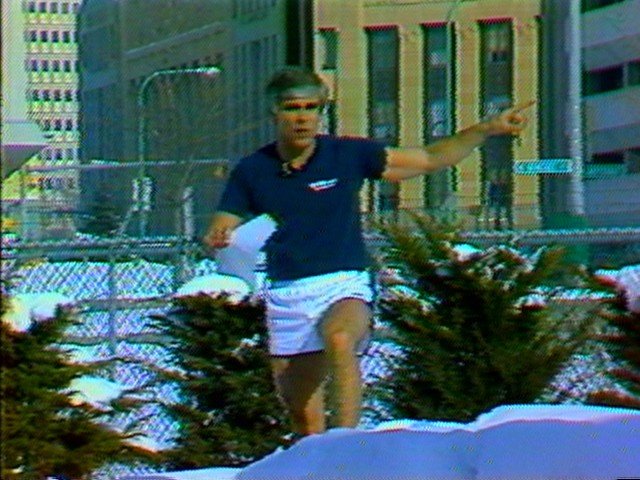 By Steve Cichon
By Steve Cichon
steve@buffalostories.com
@stevebuffalo

Excerpt from 100 Years of Buffalo Broadcasting
Unquestionably the most popular local kids’ show of the 50s and into the 60s, Uncle Mike’s Playhouse on Ch.4 was Mike Mearian’s lasting legacy on Buffalo media.

The 1956 Sylvania TV Award nominations described Uncle Mike this way:
“Mr. Mearian’s genius as a humorist plus the best available children’s cartoons add up to youthful entertainment fun that is always in the best of taste.”
Uncle Mike’s faithful puppet sidekick, Buttons, was a marionette operated by Ellen Knetchel and voiced by Mearian.
By the time Buttons and Uncle Mike left Buffalo for a Big Apple acting career in 1967, Buffalo rug-rats had already found fun new TV shows created just for them over on Ch.7.
Jay Nelson was a disc jockey on WKBW Radio, but is perhaps best remembered as the host of Ch.7’s Jungle Jay Show.

Jungle Jay Nelson, WKBW-TV
He wore a pith helmet and a leopard print jacket while playing old Tarzan clips when kids got home from school.
The shtick was so popular that even after he left Buffalo for his native Canada to work at CHUM Radio in Toronto, he continued calling himself Jungle Jay, and continued wearing the pith helmet.
The show was just as popular north of the border as it was in Western New York, and the nickname stuck with Nelson for decades.

Sheena Queen of the Jungle (actress Irish McCalla) felt right at home on a promotional visit to Jay Nelson’s Ch.7 show.
Depending on your age, you remember him best as the host of Dialing for Dollars or the host of Rocketship 7.

Mr. Beeper, Dave, and Promo
Dave Thomas spent 16 years at WKBW-TV, starting in the newsroom anchoring newscasts and weather reports. The native of Buffalo’s West Side attended Holy Angels grammar school and Bishop Fallon High School.

His 16-year run on Rocketship 7– one of the most beloved programs in the history of Buffalo television–began on September 10, 1962. Eventually Dave would be joined by the Sweetleys, Mr. Beeper and Promo the Robot.
During the show’s run, there were two different Promo costumes and five different men who played him, including Dialing For Dollars accordion player Johnny Banaszak, who spend many years switching between his Promo and “Johnny and Jimmy” identities between shows.
Dave Thomas—real name Dave Boreanaz—left Buffalo for Philadelphia in 1978, where using the air name Dave Roberts, he was a weather man at WPVI for 31 years.
Both in Buffalo and Philadelphia, Dave was involved with the Jerry Lewis MDA Telethon, rising to National Vice Chairman.
His son is the actor Dave Boreanaz, who has played in the TV shows Buffy the Vampire Slayer, Bones, and SEAL Team.
When Dave Thomas wasn’t palling around with Promo the Robot and Mr. Beeper, he was hosting Dialing for Dollars with Nolan Johannes and Liz Dribben.
Rocketship 7 was a must watch for many Buffalo kids through the 60s and 70s, before Dave Thomas blasted off for that new job in Philadelphia in 1978.

This is the second paint job for the original Promo the Robot. A different costume was used in the mid-70s. John Banaszak played Promo during the part of the show’s run. Each day, he quickly shed the clacking Promo suit to grab his accordion and entertain on Dialing for Dollars.

Dave Thomas and Mr. Beeper

Buffalo’s longest running—and most salubrious– kids’ show starred Ch.7’s All-American weatherman Tom Jolls as Commander Tom– who eventually took to TV wearing the bright red jacket of a Canadian Mountie.


He performed with his puppet pals which early on, were mostly made from his kids’ old stuffed animals. Among them as voiced by the Commander himself, were Matty the Mod– a young, energetic, but slight dimwitted alligator; the sensitive and gentle Cecily Fripple, trying to recapture her glorious past; and trusty, faithful Dustmop– watchdog of Central Command, despite of his old age and failing eyesight.

Commander Tom’s first assignment was with Bat Head, as host of “The Superman Show.” Eventually, Bat Head flew back to his cave and it was just Commander Tom.
The last Ch.2 produced show which captured the imagination of the youngest viewers starred weatherman Bob Lawrence as Captain Bob. He did local cut-ins during a string of wildly different programs.
Not too long after the station signed on, he was the local host of an NBC cartoon called Colonel Bleep. After that show was canceled, he entertained kids during Ch.2’s playback of old 1930s Three Stooges shorts.
Captain Bob also hosted the local presentation of The Mickey Mouse Club afternoons in the late 50s and early 60s.


Although hostess “Miss Joan” made frequent personal appearances at Buffalo-area toy stores, the Romper Room program that was broadcast on WGR-TV in the late 60s was a national version of the show, aired on dozens of stations around the country.

Puppeteer Jim Menke worked on Ch.2’s Captain Bob Show as well as on WNED-TV’s “Mr. Whatnot” and “Barnaby & Co.” programs.

All through the 60s from Thanksgiving to Christmas, Ch.4 created holiday excitement with Bill Peters as Santa, Johnny Eisenberger as Forgetful the Elf, and Warren Jacober as Freezy the Polar Bear.

J. Michael Collins and Vince Saele host a WNED-TV pledge drive in the late 1960s.

Sister Mary Margaretta, Superior of St. Nicholas School, was a regular guest on Ch.4’s “The Bishop Visits Your Home.”
This page is an excerpt from 100 Years of Buffalo Broadcasting by Steve Cichon

The full text of the book is now online.
The original 436-page book is available along with Steve’s other books online at The Buffalo Stories Bookstore and from fine booksellers around Western New York.
©2020, 2021 Buffalo Stories LLC, staffannouncer.com, and Steve Cichon









































 it’s probably fair to say that more people would have been watching Channel 4’s test pattern than the news on Channel 7. But by the time Rick Azar retired in 1989, the three had not only become the longest running anchor team in history, but also gained an iconic status unparalleled for any other triumvirate in television news history.
it’s probably fair to say that more people would have been watching Channel 4’s test pattern than the news on Channel 7. But by the time Rick Azar retired in 1989, the three had not only become the longest running anchor team in history, but also gained an iconic status unparalleled for any other triumvirate in television news history.
 Commander Tom and his pals Davey and Goliath kept me quiet and entertained, and left me having a great desire to have a red jacket with yellow epaulets. And then there was the time my Grandmother nearly passed out when we all met Rick Azar AND Mike Randall at the Broadway Market one Easter… “He’s so handsome, He’s so handsome,” Grandma repeated over and over.
Commander Tom and his pals Davey and Goliath kept me quiet and entertained, and left me having a great desire to have a red jacket with yellow epaulets. And then there was the time my Grandmother nearly passed out when we all met Rick Azar AND Mike Randall at the Broadway Market one Easter… “He’s so handsome, He’s so handsome,” Grandma repeated over and over.



